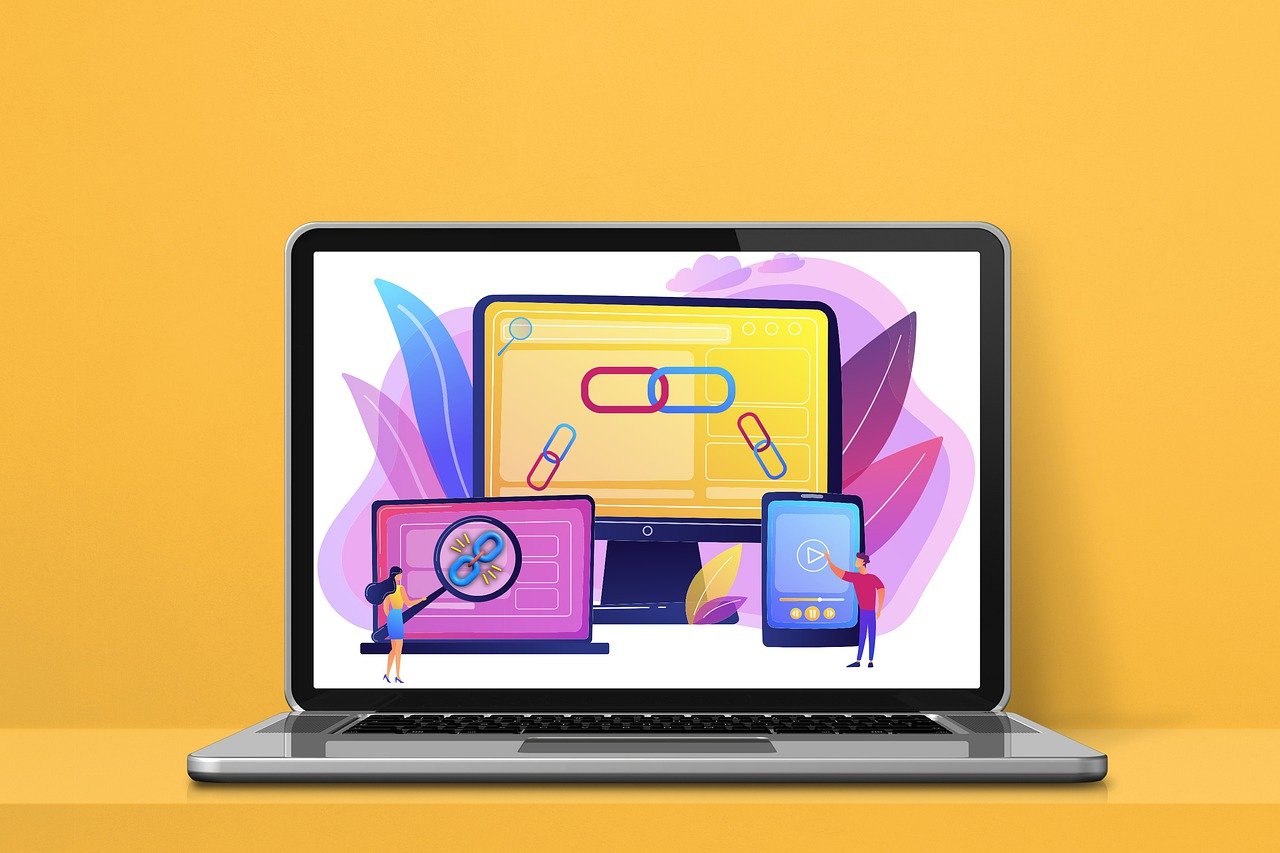The Top 8 Benefits of an LMS for Businesses of Any Scale
Regardless of the scale and niche of a business, it’s essential that a company trains its employees. To streamline the training process, many organizations use a learning management system (LMS). Wonder if it could also be helpful for your...

Regardless of the scale and niche of a business, it’s essential that a company trains its employees. To streamline the training process, many organizations use a learning management system (LMS). Wonder if it could also be helpful for your company?
The answer is a definitive ‘Yes!’ Continue reading to learn about all the principal benefits of an LMS for business and how it can improve the learning experience and drive business success.
What Is an LMS?
A learning management system is a web-based platform that serves to create, distribute, and manage training materials. An LMS provides an instructor with all the necessary tools to store, structure, and deliver learning content, enroll learners in courses and training events, and keep track of their performance. One of the best things is that an LMS automates a lot of manual tasks, such as processing performance statistics, generating reports, and sending notifications, thus freeing up trainers for other important work.
Benefits of an LMS for Business
The importance of eLearning for boosting employee productivity cannot be overstated. But what about employers? How can their business benefit from integrating an LMS? Here are the reasons a learning management system is a great solution for companies of any scale – from startups to large enterprises.
1. An LMS makes learning more convenient
According to a LinkedIn report, the biggest challenge for workers is finding spare time for learning. The more people you want to teach, the harder it is to adjust to everyone’s agenda. An LMS addresses this issue by making corporate training available 24/7.
When all learning materials are stored in a single place and easily accessible on demand, employees no longer have to reorganize their busy schedules. They can take courses and quizzes whenever it is convenient. Many online learning platforms for business are available on both desktop and mobile devices, allowing users to access courses – even when on the go. That enables companies to upskill everyone in a team without compromising working hours.
2. You can personalize learning experiences
Undoubtedly, a more personalized approach results in more effective training because it takes the cognitive capabilities of your learners into account. While some people can absorb new information on the fly, others need more time to digest knowledge, and an LMS allows each individual to train at their own pace.
Other ways to personalize learning include the following:
eLearning platforms allow the creation of learning tracks for certain groups of learners or even individual employees. It will help you easily enroll various employees into different training programs, according to their position, level of knowledge, and other factors.You can set up conditions that trigger activities depending on what users do or don’t do. For example, learners who haven’t entered the platform for a few days can get email reminders to continue the course. Those who struggle to pass a test can be enrolled in additional courses.3. You have a single knowledge base
Instead of having your resources scattered across multiple platforms and services, you can store materials and serve them to learners in a single place – an LMS. It simplifies the training process greatly because:
With all courses available in one platform, learners only need a single login to access them all.There’s no need to send emails to company members — you can set up automatic reminders that will be generated for certain categories of users. For example, learners can be notified about course deadlines that have not been met and certificates that have been issued.With only a single interface to navigate, learners can quickly become proficient LMS users and get the most out of its features.4. An LMS enables collaborative learning
Although many of us have gotten used to remote work and education, learning together with peers is more enjoyable. According to another report by LinkedIn, 92% of employees claim that studying together “creates a sense of belonging.” An LMS is a perfect fit for designing social learning experiences – even if users are miles apart.
Thanks to a whole gamut of collaborative tools, the following are possible:
Discussion boardsVirtual classroomsLearning groupsBuilt-in messengers and commentsAll these features encourage learners to communicate, share experience and remain deeply engaged in training.
Another benefit of collaborative learning is the opportunity for employees from different offices and departments to meet each other, which can be a part of your team-building strategy. This can help establish more efficient communication and collaboration on tasks as well.
5. Your learning data is safe and sound
By using a quality LMS, you can forget about problems related to data security and compliance. All solid platforms use advanced security tools, such as encryption, advanced password authentication, data backups, and anti-virus solutions.
6. You can reduce expenses significantly
Offline training sessions cost companies thousands of dollars, with the biggest expenditure items being:
Trainers. Effective and experienced teachers become a core expense, especially when it comes to using outsiders. If you organize repeated training sessions, mentor fees might simply become unmanageable.Venue. To gather dozens or hundreds of learners, companies need to book training rooms and banquet halls. If colleagues travel from different cities, the organization also has to cover hotel or rental expenses.Logistics. Besides accommodations, a company also has to spend on plane tickets, meals, and local transportation. This is a huge expense and one of the reasons why large training sessions are rarely organized.Organization. All of the HR and administrative work, like distributing training materials and setting up equipment, also incurs additional expenditures every time you invite workers to attend training sessions.The cost of learning management systems is nothing compared to what you might spend on offline training, and here’s why. First, there’s no need to pay for accommodation and transportation, since training is conducted online. Second, administrators don’t have to worry about arranging training rooms, educational printouts, and equipment hassles. Employees can learn anytime, anywhere, and still enjoy interactive experiences. Updating the content is easy and no printing is required. Lastly, you don’t have to pay trainers’ fees over and over again – create courses or training videos and use them as many times as needed.
7. You can integrate other services and save time
LMS platforms can be integrated with calendars, conference tools, payment systems, email services, and different software suites – all the data will be synchronized and updated in real time. How can this help your business?
Admins don’t have to spend hours duplicating information across different systems.Shared data is quickly accessible and easy to find, so your learners can spend more time exploring tools and features that are relevant to their needs.You can ensure compliance because an LMS can receive alerts from legal/HR systems when it’s time to refresh training or recertify employees.8. An LMS helps improve employee retention
According to Gallup, the cost of replacing an employee varies from 50% to 200% of their annual salary, depending on the position. One of the factors forcing workers to leave is a lack of development and engagement. People who don’t have the opportunity to develop and move up the career ladder within their company decide to leave, sooner or later.
An LMS helps companies reduce workforce turnover by enabling their employees to upskill and gain new competencies that can increase the likelihood of getting promoted. Learners can take courses individually, and you decide when and how to serve new knowledge because an LMS allows for the complete customization of the learning process.
Conclusion
According to statistics, companies that train their staff to realize a 218% higher income per employee and an almost 25% higher profit margin than the ones that don’t. Investment in workers pays off well, and, with modern technology, there is no need to overspend your budget on face-to-face classroom training.
Simply implement an LMS. With a proper learning management system in place, you can ensure continuous upskilling of employees and make this process more efficient and enjoyable.

 ShanonG
ShanonG 











![50 Video Marketing Statistics to Inform Your 2022 Strategy [New Data]](https://blog.hubspot.com/hubfs/marketer-uses-data-to-create-videos%20%281%29.jpg#keepProtocol)




















